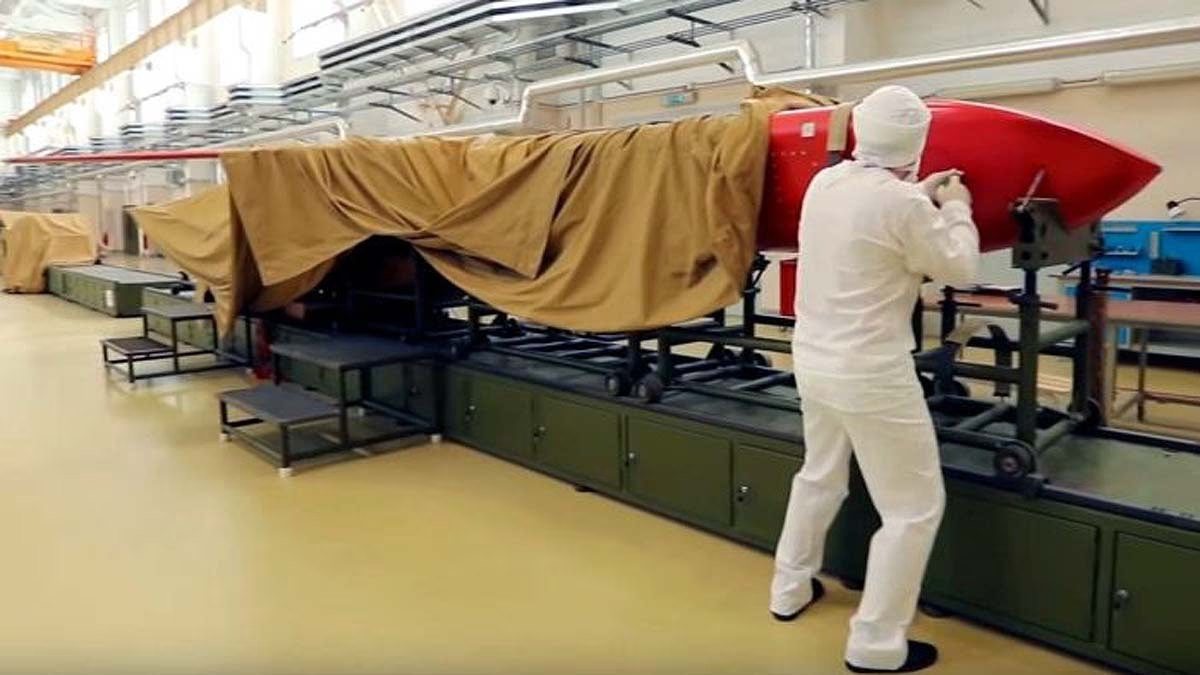Russia has recently tested a missile it touts as invincible, known as Burevestnik (Skyfall), according to NATO terminology. This nuclear-powered cruise missile can carry atomic warheads, and Russian President Vladimir Putin boasts it can outmaneuver any missile defense system. Yet, is this weapon truly as terrifying as it sounds?
The Burevestnik is not just any cruise missile—its unique nuclear reactor affords it an unlimited range. While typical missiles halt once their fuel depletes, this one can remain airborne for weeks or even months.
Also Read: China's New Tactics... Building Missile-Hiding Bunkers on the Indian Border
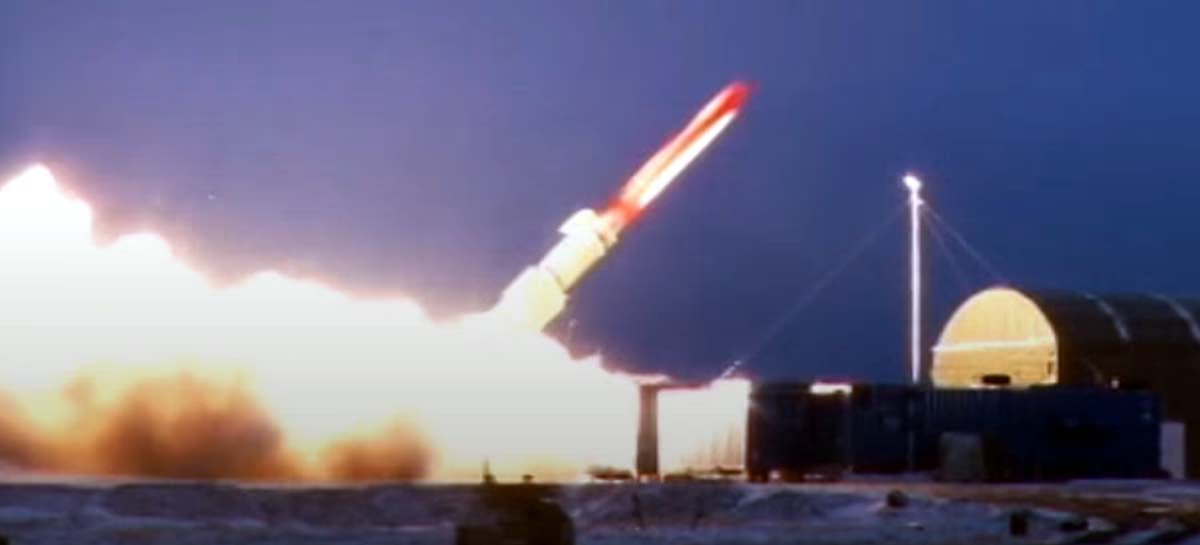
Source: aajtak
Name Meaning: In Russian, Burevestnik means Storm Petrel, a bird that signals the approach of a storm, much like this missile heralds potential danger.
Size and Speed: Comparable in size to the Kh-101 missile (approximately 7-8 meters long) and has a speed of 1300 km/hr. It flies at very low altitudes (50-100 meters), making it difficult for radar to detect.
Armament: It can be equipped with a nuclear warhead, capable of massive destruction. Russia claims it's the first of its kind, a nuclear-powered missile in history.
This missile is specifically designed to neutralize the missile defenses of the US or NATO.
Also Read: Nag Missile, Torpedo, and Cannons... ₹79,000 crore Sanction for Three Forces to Enhance Power
While standard cruise missiles use jet engines, Burevestnik's secret is its nuclear propulsion.
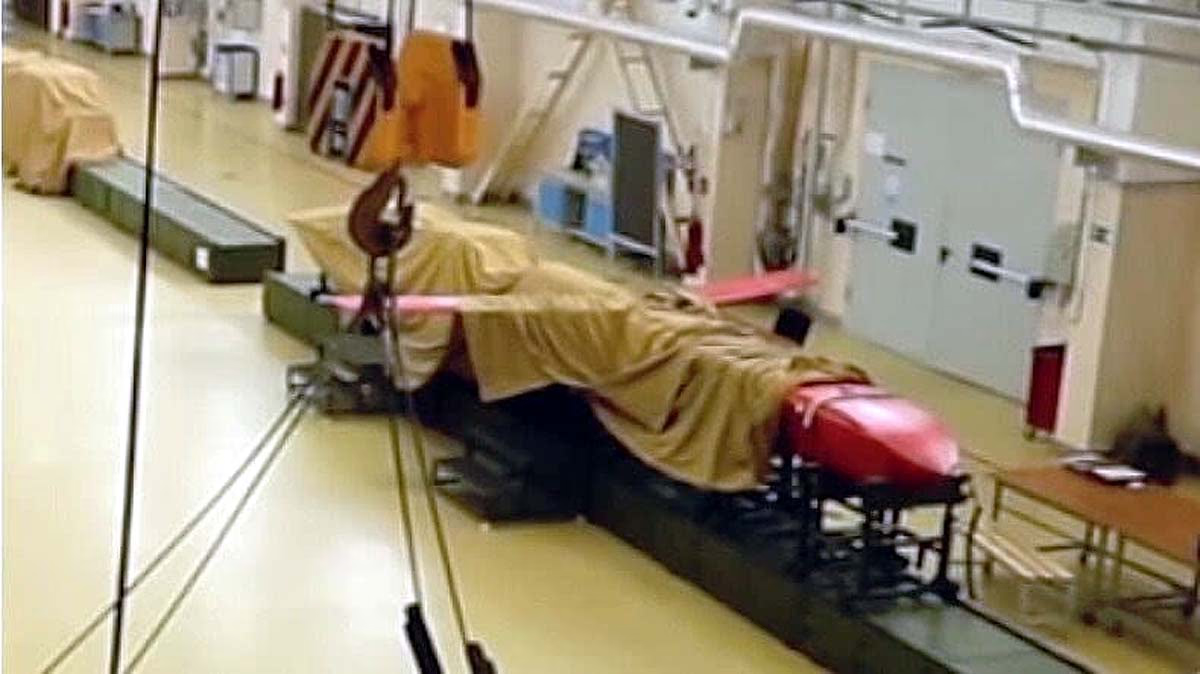
Source: aajtak
Working Mechanism:
A small nuclear reactor heats air to propel the missile forward, ensuring no fuel concerns—it can orbit the Earth multiple times.
Range:
Over 20,000 kilometers. Recent tests saw it fly 14,000 kilometers.
Stealth:
While flying, it can alter course and takes a low-altitude winding trajectory. The US THAAD or Aegis systems are tailored for ballistic missiles, but this can easily elude them.
Risk:
Should it crash, radioactive leaks could occur, with US experts dubbing it a "flying Chernobyl," due to its potential environmental hazards akin to the 1986 Chernobyl disaster.
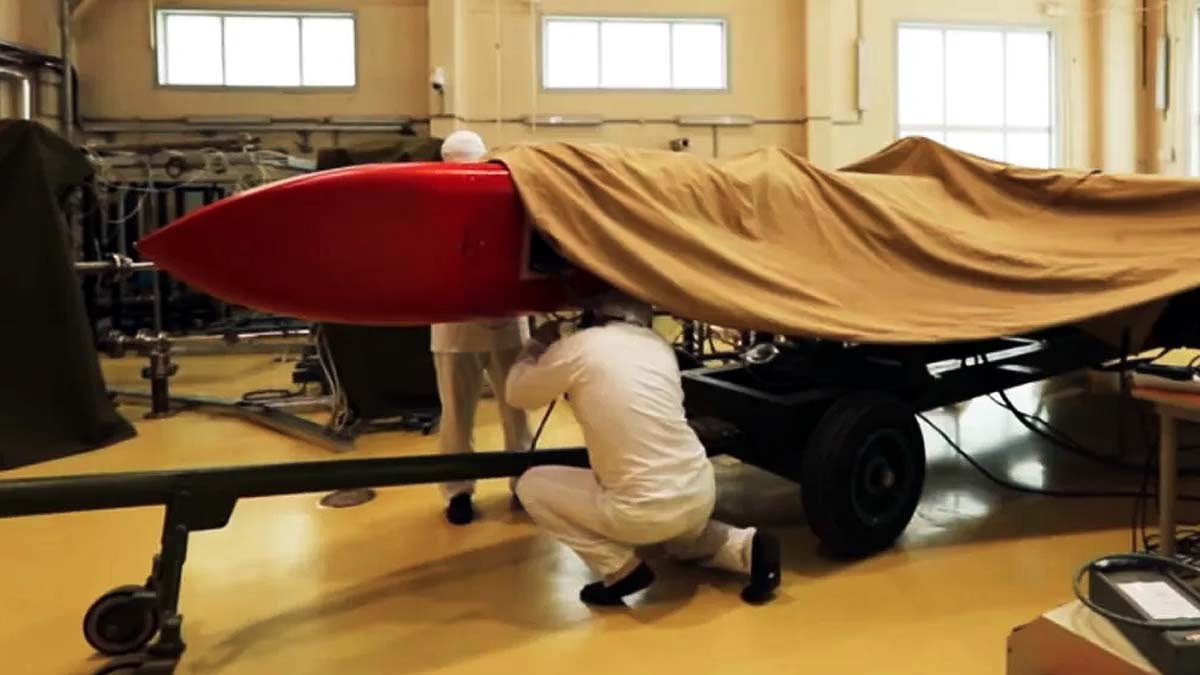
Source: aajtak
Russia has invested in advanced weaponry for decades. The Burevestnik project began in the 2000s but was first publicly introduced by Putin on 1 March 2018, proclaiming it would incapacitate American missile defenses.
Testing History:
Since 2016, at least 13 tests occurred, only 2 achieving partial success.
2018: First successful test demonstrated, though many launches failed.
2019: Arctic explosion, claiming five Russian scientists' lives.
2025: Putin declared the final test a success.
Also Read: Enemy Wiped Out with One Command... New BrahMos Missile with Full Pakistan in Range
Challenges:
Miniaturizing and safeguarding the nuclear reactor is challenging. Radiation control, engine stability, and crash prevention remain critical hurdles. A US report (NASIC 2020) suggested that if successful, Russia would acquire a unique weapon. In the 1950s-60s, the US attempted a similar project (SLAM), but ceased due to inherent risks.
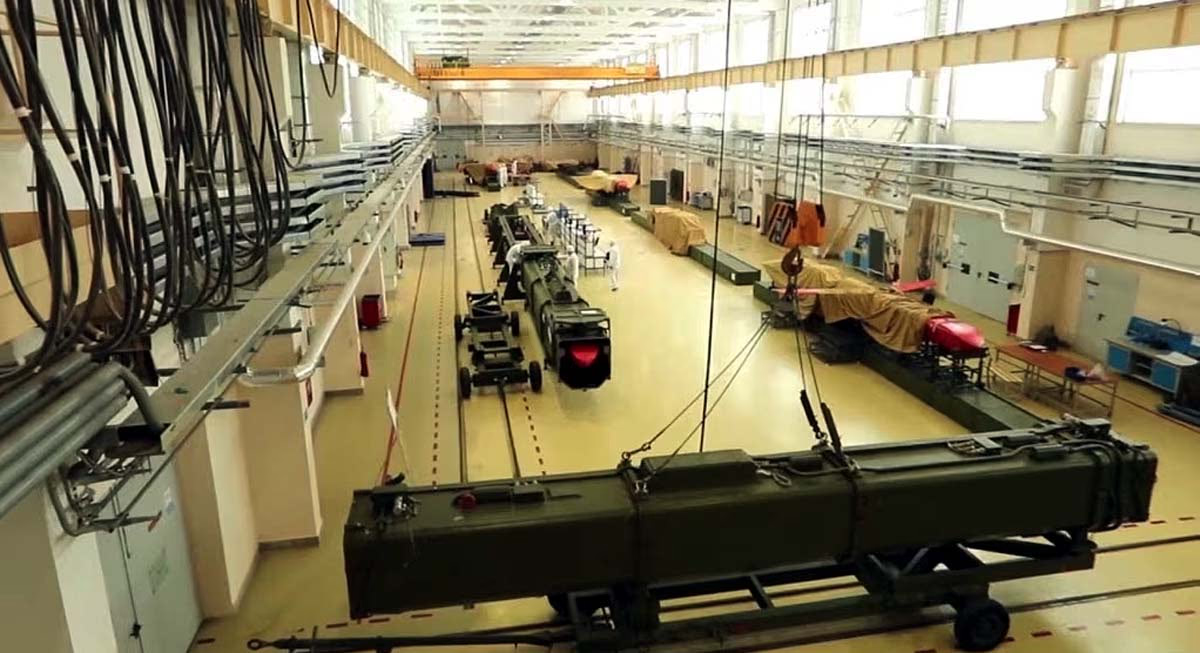
Source: aajtak
In 2025, Burevestnik drew attention again with satellite images indicating new test activities.
Main Test Site: Novaya Zemlya Archipelago's Pankovo Range. Containers, ships, and aircraft converged there from July to August. Rosatom vessels were deployed to handle radioactive materials.
Secondary Site: Vologda-20, north of Moscow, developing nine launch positions and nuclear warhead storage.
Airspace closure from August 2025 (7-12 August, extended to 6 September). US WC-135 nuclear sniffers monitored the Barents Sea. On 26 October 2025, Putin announced successful testing—the missile flew 15 hours, covering 14,000 km. Russia now prepares its deployment, with tests of Yars and Sineva ballistic missiles also conducted.
